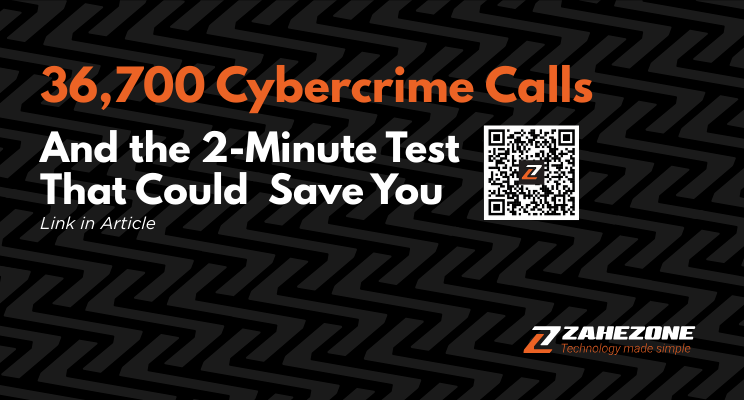

Lean IT = Leaky Systems: Why 36,700 Hotline Calls Should Wake Up SMEs
The Australian Cyber Security Centre’s latest report revealed a staggering figure. Over 36,700 calls to its cyber hotline in 2023–24 - a 12% rise from the previous year.
For SMEs, this is more than a statistic. It’s proof that "running lean" with IT is leaving businesses exposed, under-prepared, and scrambling for help when it’s too late.
At ZaheZone, we see the same story play out repeatedly...
Stretched IT resources, outdated systems, and reactive fixes instead of proactive planning. Many SMEs operate on a "just
enough"
approach to technology, only to discover - often the hard way - that lean IT isn’t lean at all when you factor in downtime, ransom
demands, and the cost of lost trust.
Behind those 36,700 hotline calls are real businesses facing email scams that drain accounts, ransomware that freezes operations, and phishing attacks that slip past distracted staff.
The report also shows that the average cost of a cyber incident for small businesses hit nearly $50,000.
For most SMEs, that’s not a line item...it’s a blow that disrupts payroll, delays growth plans, and sparks sleepless nights.

In our experience, it’s not that SMEs don’t care about security—it’s that they’re stretched thin. Owners juggle sales, staffing,
compliance, and a dozen other priorities. IT often becomes an afterthought, until it fails. Add in outdated software, minimal backups, or
policies written years ago, and you’ve got a perfect storm.
We understand why businesses cut back: every dollar counts. But when IT is trimmed to the bone, cracks form fast. Skipping multi-factor
authentication because it feels inconvenient, putting off software updates because they interrupt work, or deferring staff training because
“we’ll get to it later”—these are all choices we see SMEs make, and they’re exactly what cybercriminals rely on.
This isn’t fearmongering. It’s cause and effect. The ACSC data confirms it: more calls, more incidents, higher costs. What’s clear is that
lean IT isn’t a money saver—it’s a risk multiplier.

From our standpoint, this problem isn’t just technical—it’s strategic. Technology for SMEs needs to be about resilience: systems that are patched, monitored, backed up, and easy for staff to use without shortcuts.
It’s why we focus on Advanced Strategic IT, helping SMEs move from reactive “putting out fires” to proactive planning. That means:
SMEs don’t need enterprise-sized budgets. They need smarter alignment between IT and business priorities. The ACSC’s findings
highlight that every SME is vulnerable, but with the right strategy, they don’t have to be another hotline statistic.
If reading this makes you wonder where your business stands, you’re not alone. Most SMEs we speak to think they’re “fine” until an issue hits.
That’s why we created the IT Business Impact Quiz. A practical tool to show you how your current IT setup measures against today’s risks and where to focus first. This isn’t about adding complexity. It’s about clarity.
A clear view of your IT gaps today means fewer emergency calls tomorrow.
The rise in hotline calls isn’t just a cyber trend; it’s a wake-up call. For SMEs, the choice is simple: stay reactive and hope you’re not
next, or shift toward resilient IT that supports your growth instead of threatening it.
At ZaheZone, we believe that technology should drive confidence, not anxiety. The first step is knowing where you stand.
Take the IT Business Impact Quiz today and see exactly what’s working, what’s
vulnerable, and how to fix it—before you’re the one calling that hotline.

Keep your business stable over the Christmas holidays with simple IT steps that prevent downtime, protect data, and reduce January surprises. This festive guide shows Australian small and medium businesses how to stay secure and productive while the team is away, so you can relax knowing your systems are in good hands.
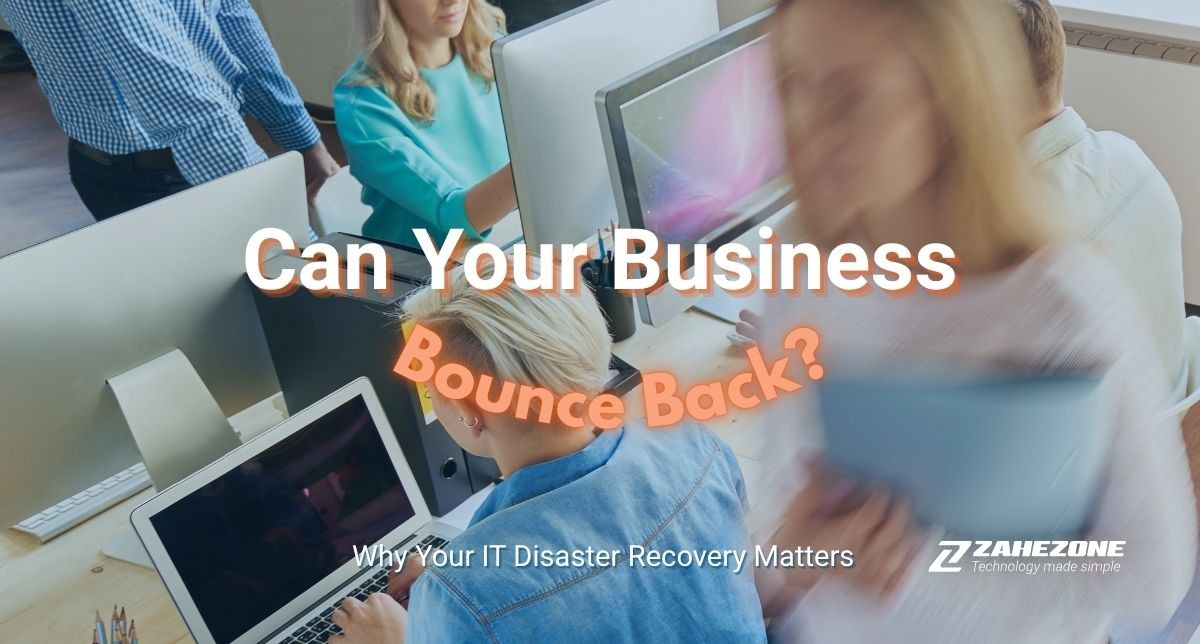
Even the biggest organisations can experience data disruptions. The recent cyberattack shows that knowing where your data is stored and who manages it is just as important as having a budget for IT.
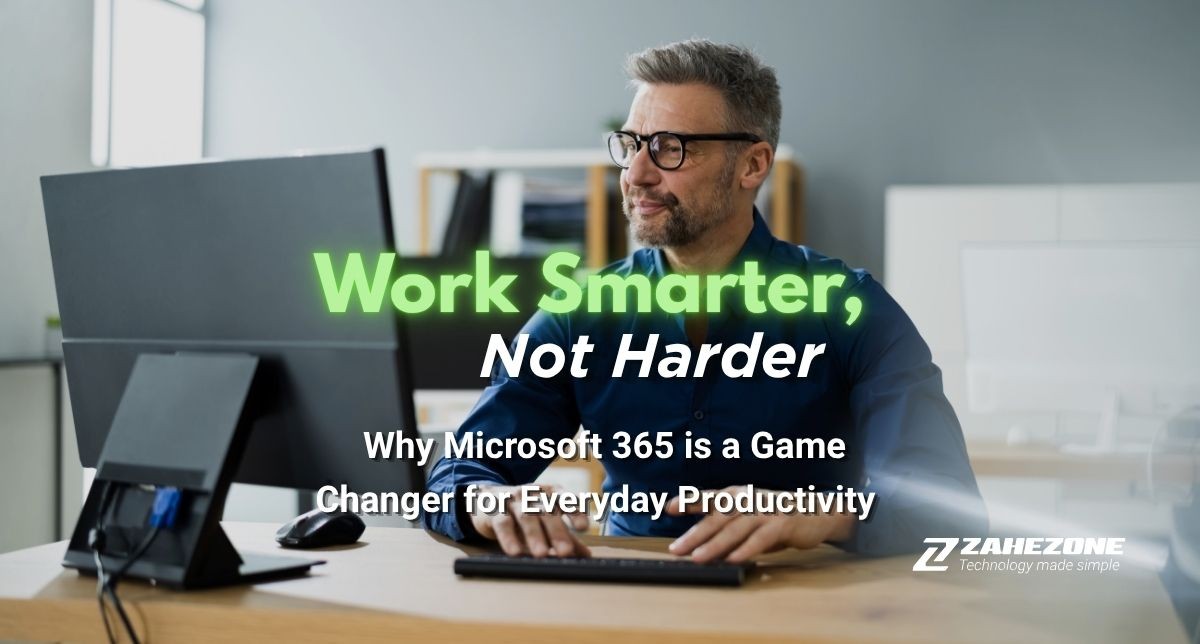
If your business is still treating software like a utility, you pay for it, hope it works, and forget it. That approach leaves opportunities on the table. Microsoft 365 is not just a set of apps. It is a productivity powerhouse built to help you work faster, smarter, and with less frustration.
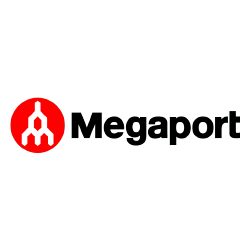
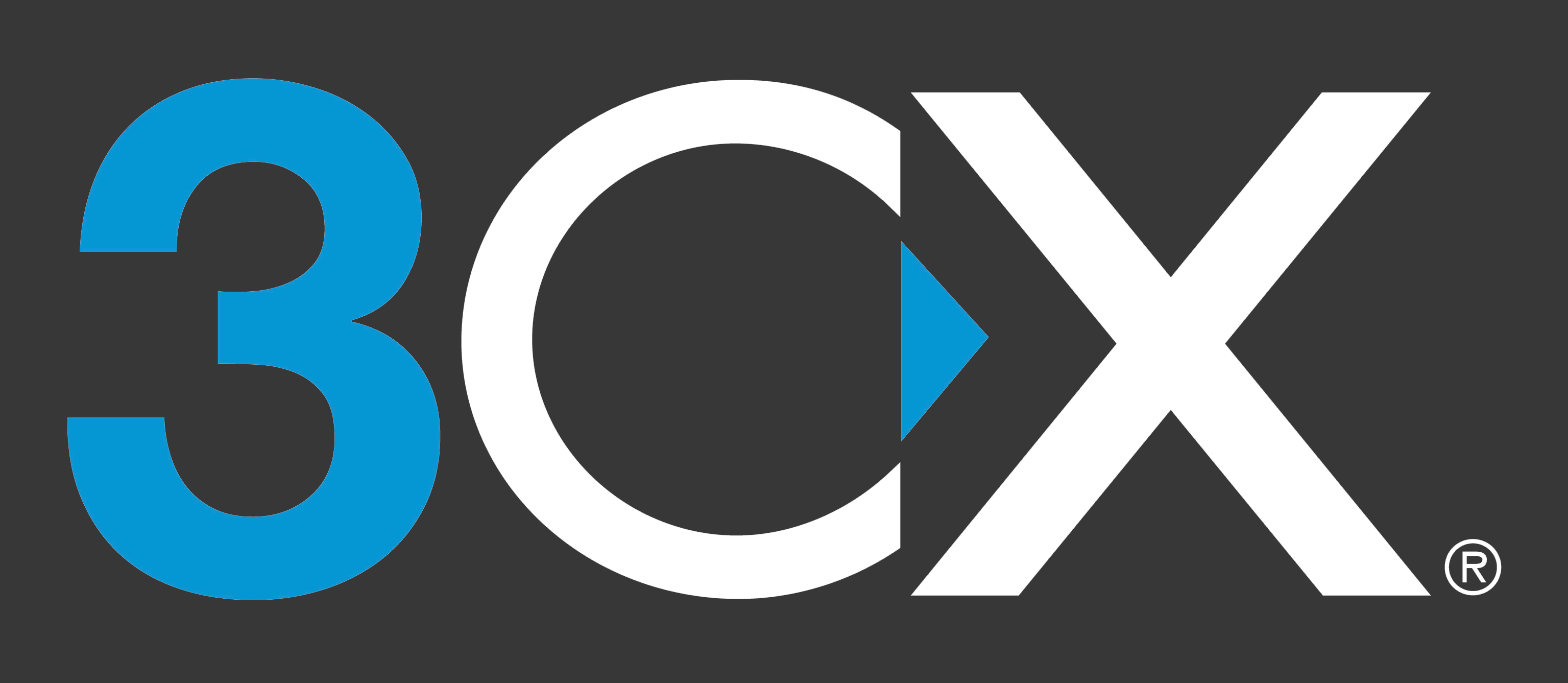
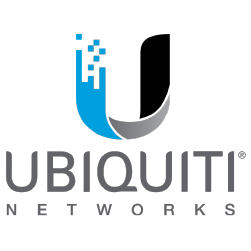
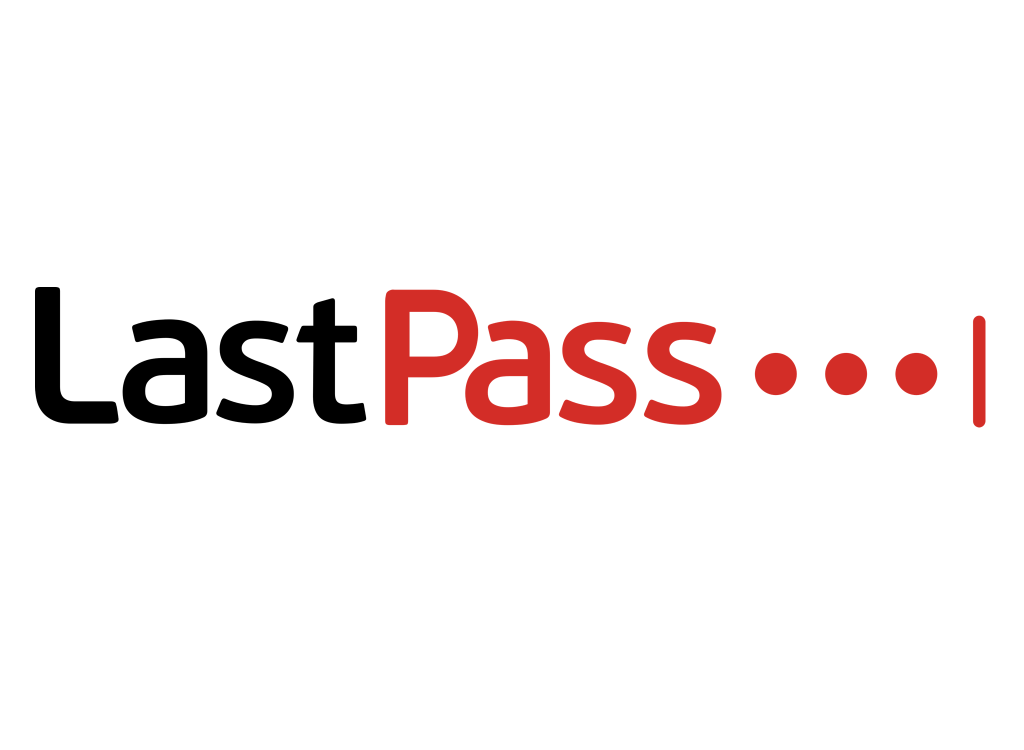
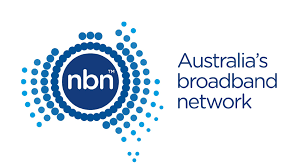
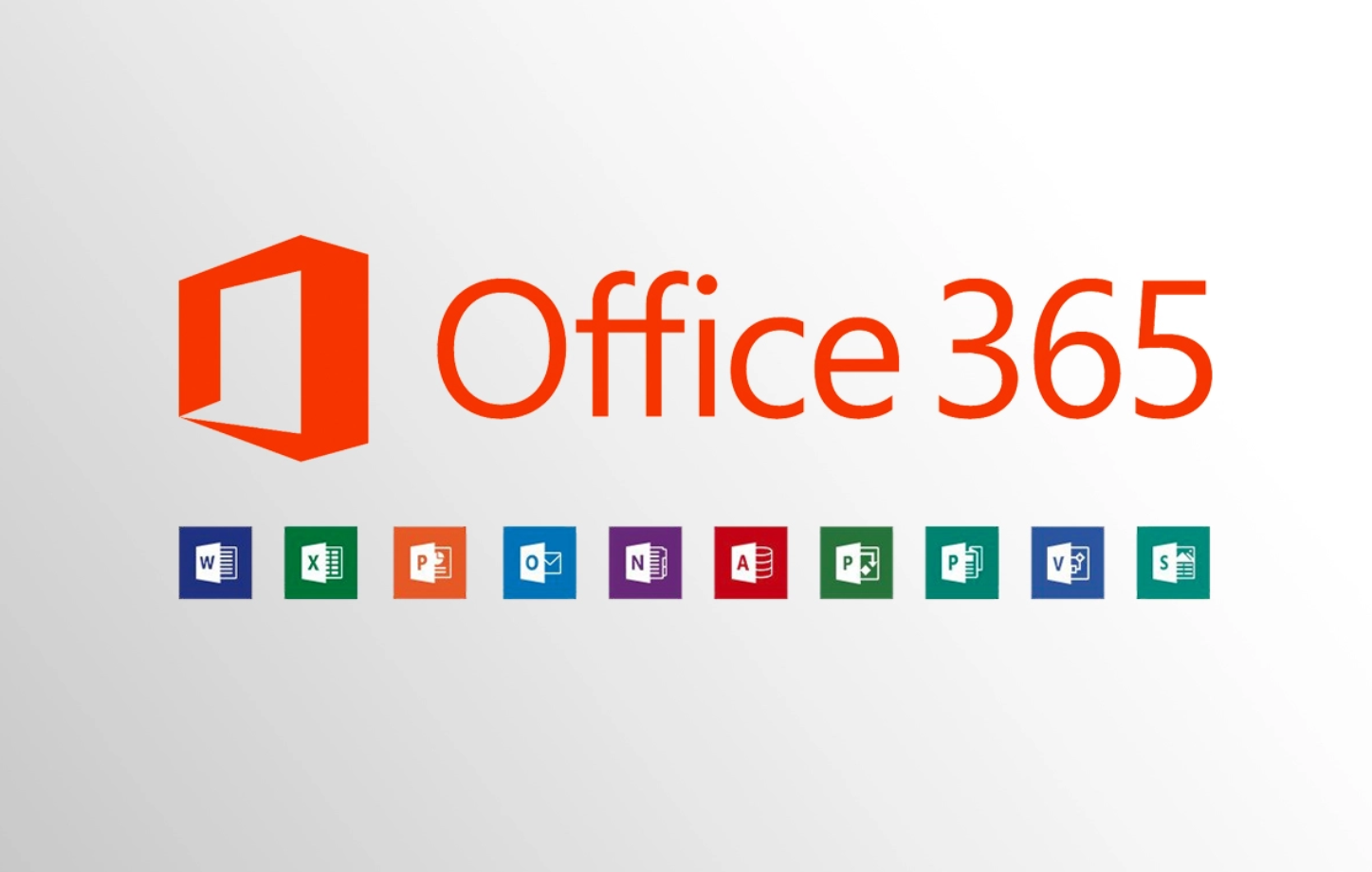
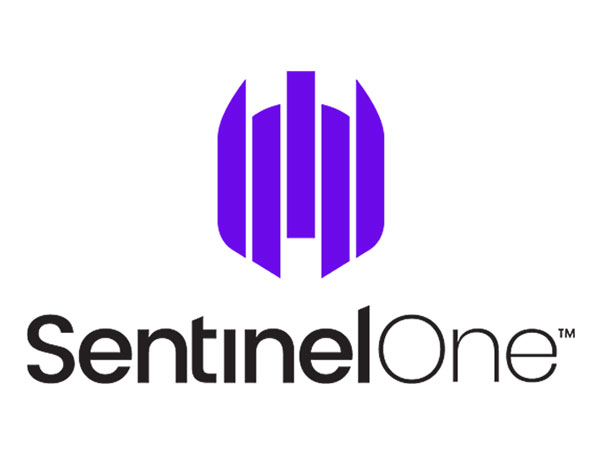

.png)
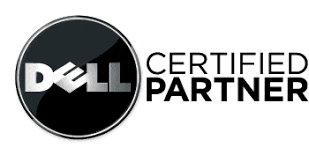
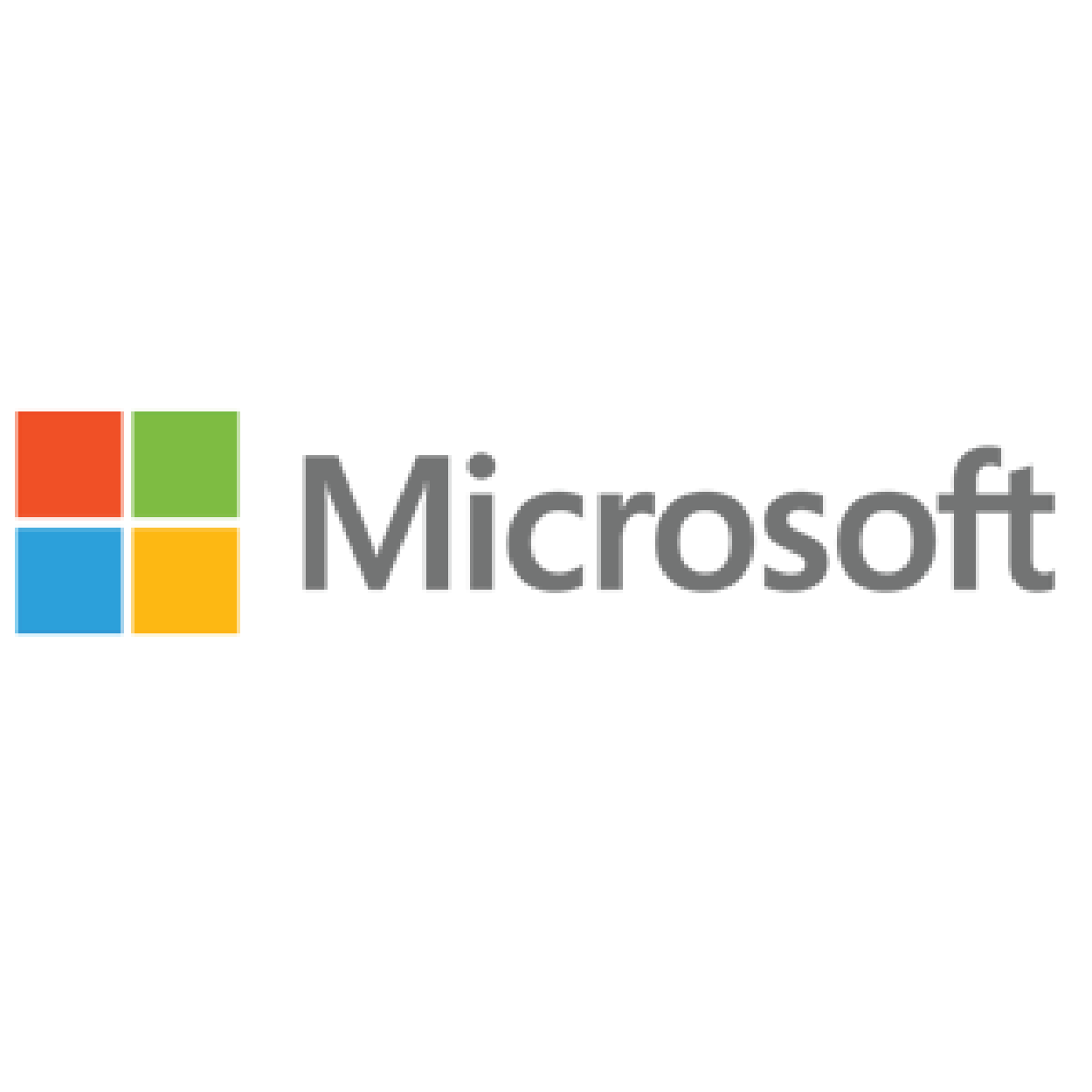
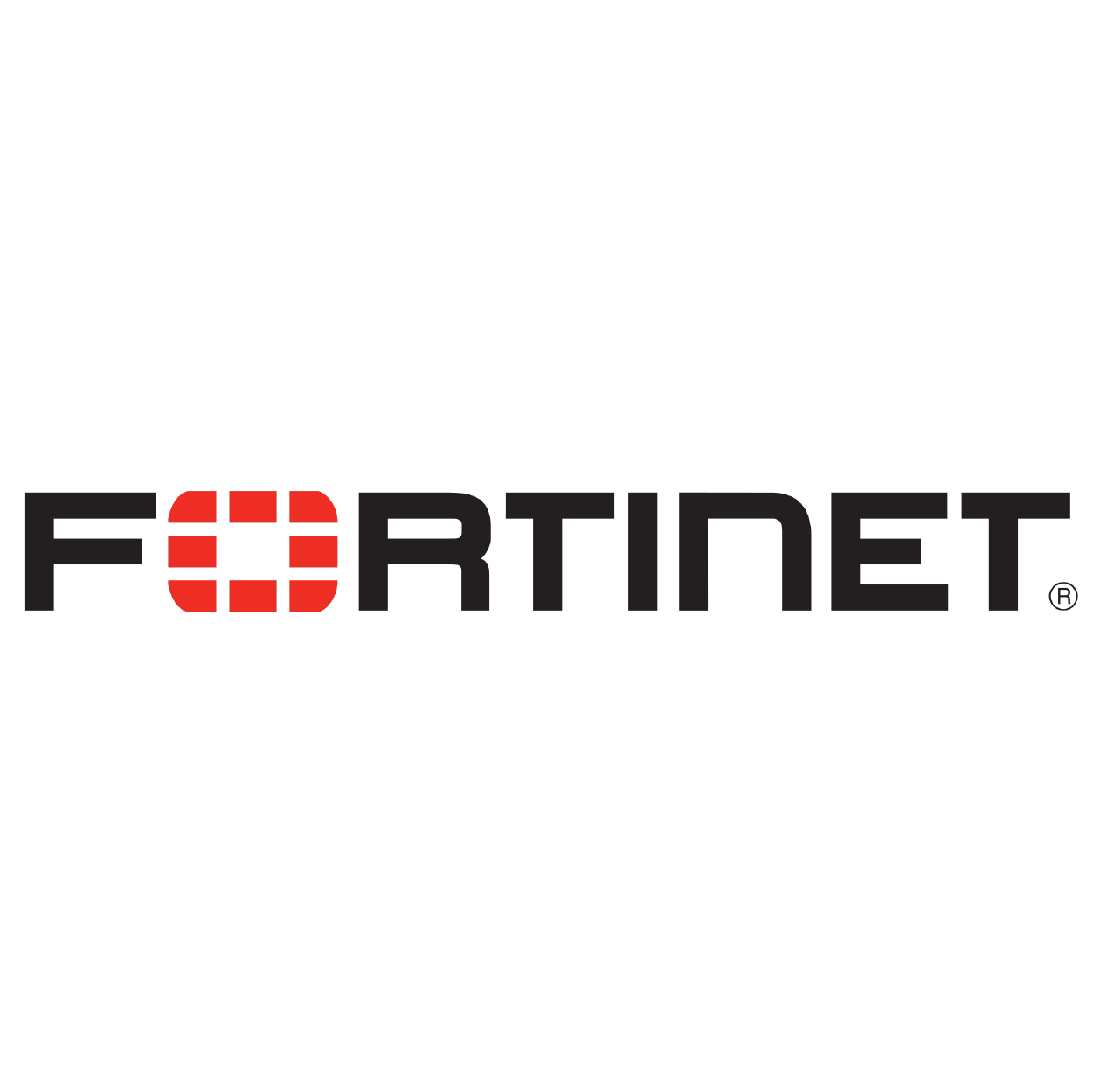
At ZaheZone, we take your business growth seriously, which is why we’re with you every step of the way. To discover how we can help you optimize and scale your IT, contact us today.
Leave a Comment